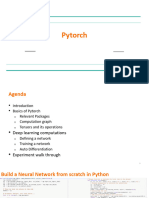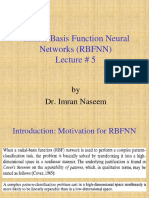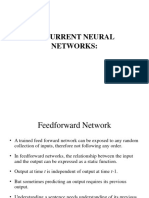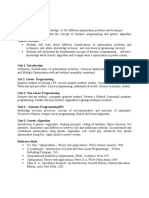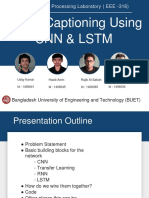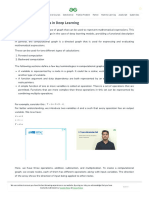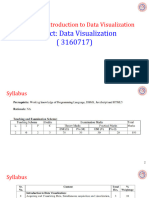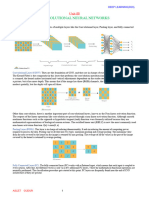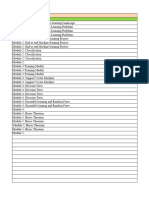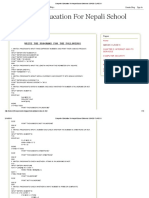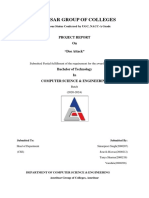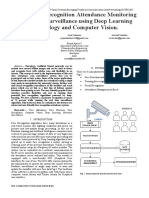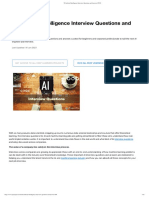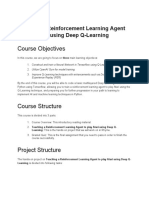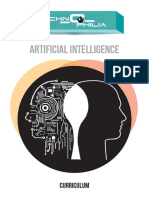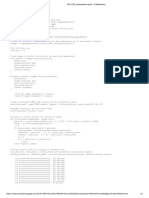0% found this document useful (0 votes)
75 views13 pagesDeep Learning Titans Compared - TensorFlow vs. PyTorch
Data Science books
Uploaded by
Nenchin EmmanuelCopyright
© © All Rights Reserved
We take content rights seriously. If you suspect this is your content, claim it here.
Available Formats
Download as PDF, TXT or read online on Scribd
0% found this document useful (0 votes)
75 views13 pagesDeep Learning Titans Compared - TensorFlow vs. PyTorch
Data Science books
Uploaded by
Nenchin EmmanuelCopyright
© © All Rights Reserved
We take content rights seriously. If you suspect this is your content, claim it here.
Available Formats
Download as PDF, TXT or read online on Scribd
/ 13

